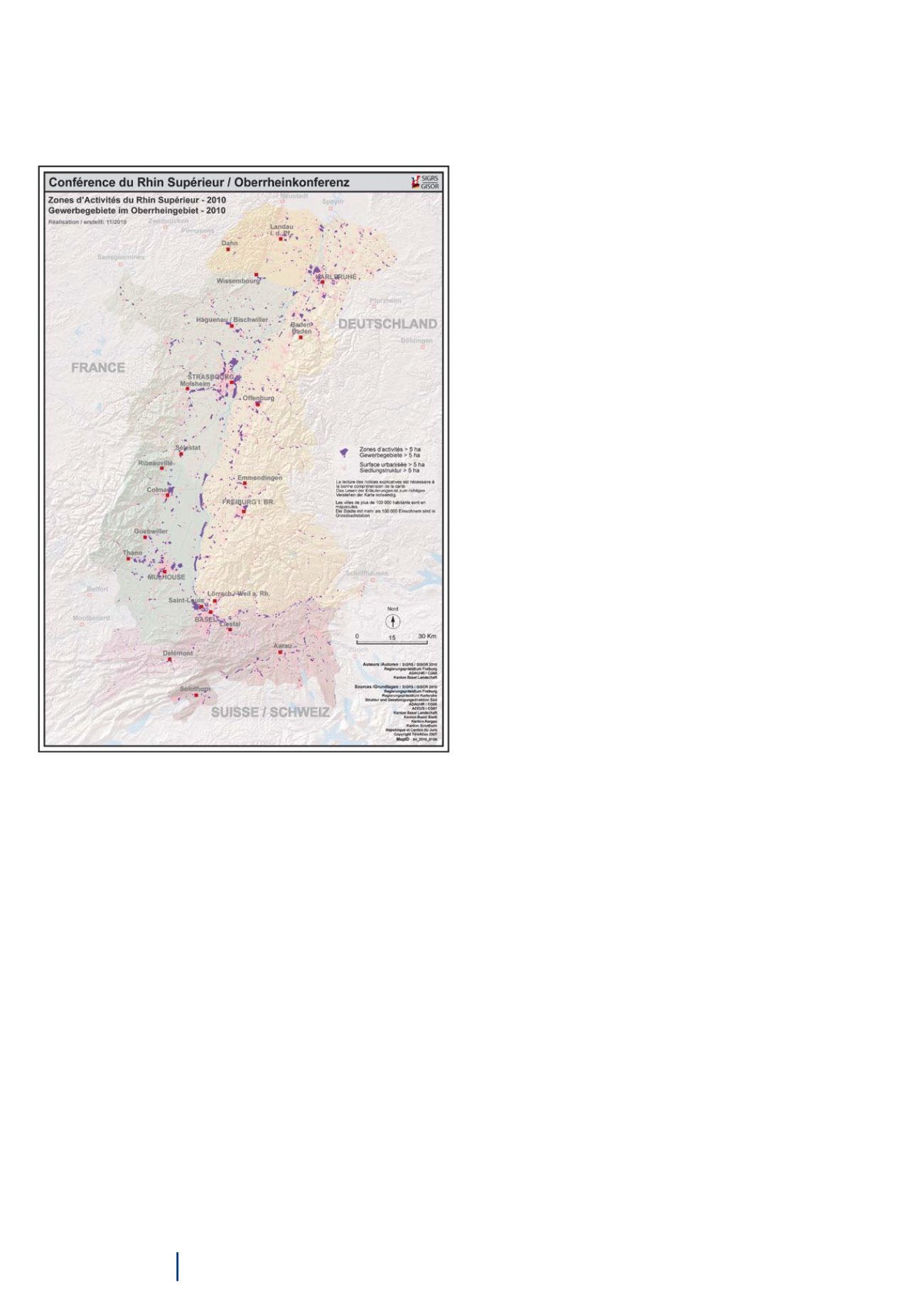

Cross-border
economic
development
90
Cross-cutting themes in cross-border economic development
In a nutshell…
Cross-border strategies must translate the concept of “co-
opetition” into action. This can take a variety of different forms –
from a unilateral approach aimed at supporting economic
development on just one side of the border, potentially involving
the identification of opportunities in the neighbouring country
(a competitive “border region strategy”), to a co-construction
approach (a cooperative “crossborder strategy”). These
two approaches are not mutually exclusive, but the second
(cooperation) is more complex and takes longer to elaborate
and implement, both politically and technically (with a lack of
objective data on necessary cross-border cooperation).
Regional innovation strategies, which are a more recent
development, are often more conducive to the establishment
of cross-border partnerships. Indeed, innovation is a more
specialised area, which makes it easier to create networks
of research laboratories, universities and businesses which
straddle the border, developing such partnerships in order to
achieve the transfer of technology. Prior technology transfer, the
relative lack of economic competition in terms of production and
marketing fosters cooperation.
While a fully cooperative economic development strategy is
not necessarily possible, a crossborder territorial development
strategy addressing the local conditions governing economic
development is both possible and desirable in all of France’s
border regions. Along France’s northern and eastern borders
in particular, which are characterised by competitiveness gaps
and strong economic competition, which make economic
cooperation difficult, such a cooperative territorial development
strategy could enable a win-win outcome, at least as regards
this aspect of cooperation.



















